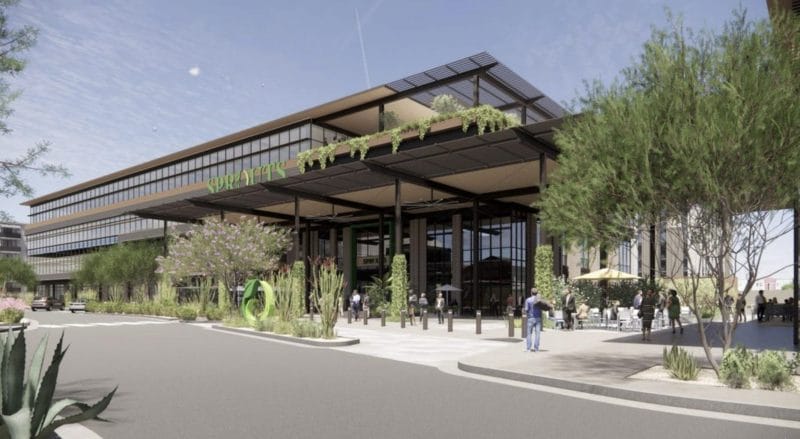
By Miranda Rivers | Cronkite News
Arizona homes trailed the nation in both their access to high-speed Internet and their computer ownership, according to a recent report from the Census Bureau.
The report, released this month, said 86.8 percent of Arizona homes had a computer and 76.2 percent had high-speed Internet connections in 2013, both about 2 percentage points below the national averages for the same categories.
Experts in the state were not surprised by the numbers, pointing to the state’s largely rural make-up which they said leads to fewer providers, harder access and higher Internet costs.
“Our problem over quite a while, is just the fact that bandwidth just hasn’t been available locally,” said Shirley Pulsipher,ÿa technician for Apache County Schools Business Consortium.
“We don’t have the option of multiple providers like you do in the Valley,” said Pulsipher, noting that for the past year the local phone company has been the only provider available to Apache County schools.
The Census Bureau report said Arizona was one of 20 states that fell below the national average for computer ownership and high-speed Internet. Utah topped the list for computer ownership, at 94.9 percent of households, and New Hampshire had the most households with high-speed access, at 85.7 percent.
Mississippi was last in both categories, with 80 percent of homes having a computer and 62.3 having broadband.
Patrick Sherrill, president and CEO of Zona Communications, said the biggest difference between Internet access in Arizona’s rural and urban areas is price. His Phoenix-based company provides telephone and broadband service to rural areas of the state.
“Rural areas are much less populated, which means the cost of building the networks there are more expensive,” Sherrill said.
That’s true in Apache County, where Pulsipher said schools pay $40 to $50 per megabit, compared to the $5 to $10 they might pay in the city for the same level of service.
Pulsipher, who works in Sanders – population 630, according to the latest Census numbers – said the cost for putting in infrastructure is “just too high.”
Mike Murphy, superintendent of Sanders Unified School District in Apache County, said his district was able to increase its bandwidth because of E-rate, a federally funded program that provides discounted telecommunications services for eligible schools
“We have boosted our bandwidth prior to the start of the school year, and the connection seems to be pretty solid,” Murphy said.
But for the general rural population, Pulsipher said, getting access to high-speed internet and computers can be tough. That’s particularly true in areas like Apache County, where a sizeable number of homes might not have power or running water, he said.
“The provider can’t really sell something to people that don’t have the infrastructure for that type of thing,” Pulsipher said.
Sherrill said his company is seeing population growth in some rural areas of the state, where he said demand for broadband is “pretty solid.”
“We are constantly trying to figure out how to get them a faster speed,” Sherrill said. But that takes money to construct the needed network facilities.
Sherrill said the demand for Internet in rural areas is just as strong as those in more populated areas. And just as important: Having a computer gives people the ability to get access to healthcare and education, and to prosper economically, he said.
“A network is more valuable for everybody when everybody’s connected to it,” Sherrill said.
Computer ownership
1 . Utah: 94.9 percent
- New Hampshire: 93.2 percent
- Alaska: 92.9 percent
- Wyoming: 92.4 percent
- Colorado: 92.4 percent
U.S. average: 88.4 percent
- Arizona: 86.8 percent
- Louisiana: 83.1 percent
- West Virginia: 82.7 percent
- Alabama: 82.6 percent
- New Mexico: 80.9 percent
- Mississippi: 80 percent
With high-speed Internet
- New Hampshire: 85.7 percent
- Massachusetts: 85.3 percent
- New Jersey: 84.5 percent
- Connecticut: 83.9 percent
- Utah: 83.8 percent
U.S. average: 78.1 percent
- Arizona: 76.2 percent
- Louisiana: 70.3 percent
- Alabama: 68.7 percent
- New Mexico: 68.1 percent
- Arkansas: 65.7 percent
- Mississippi: 62.3 percent








